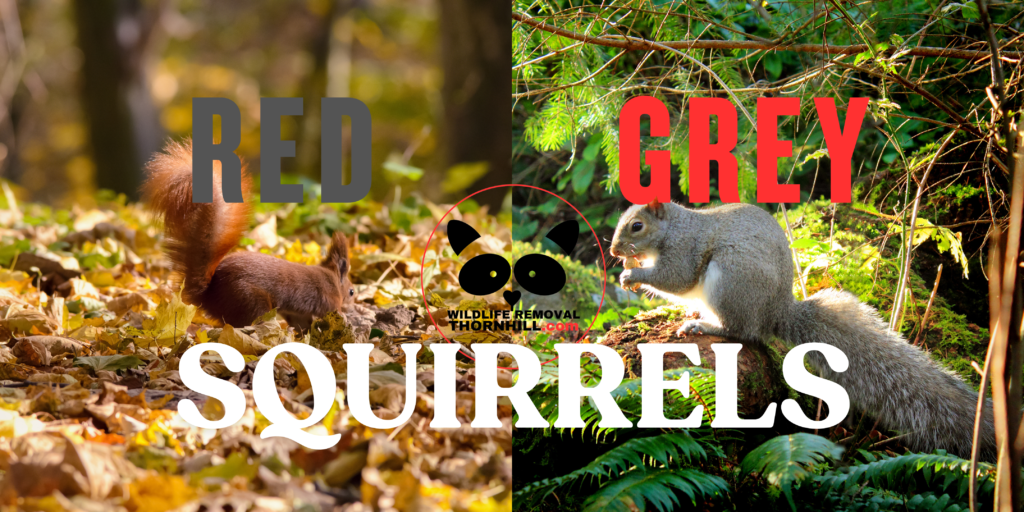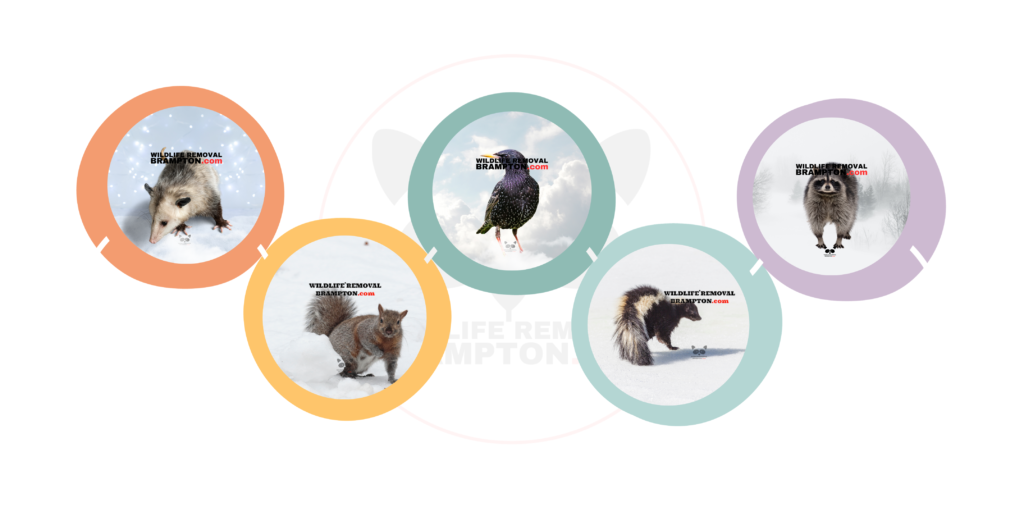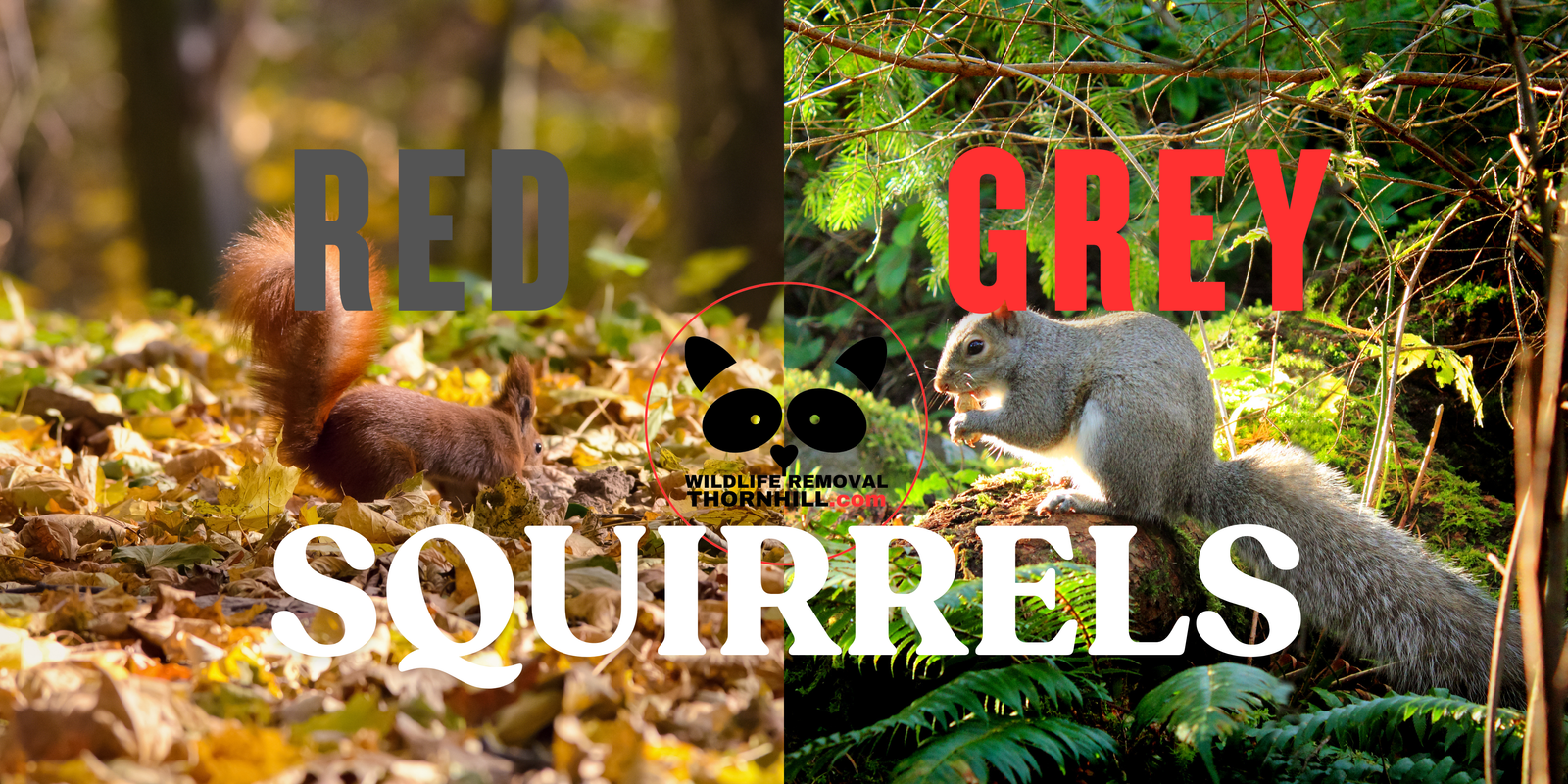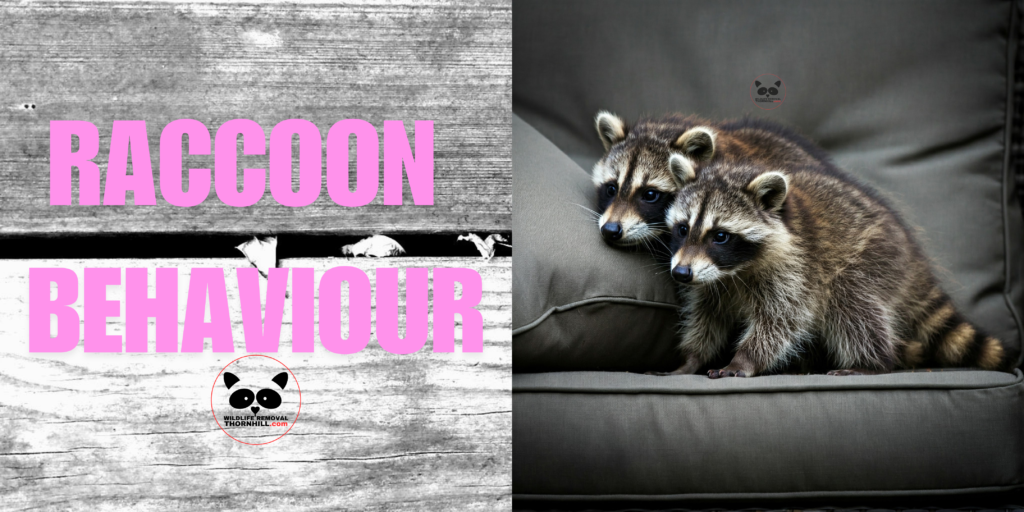Introduction
When you hear the word squirrel, what do you picture first? A cute, harmless creature with a long bushy tail, small animals that entertain us, darting up and down the tree branches with their powerful hind feet? Or, do you see them as a nuisance pest that will eat farm crops, eat plants from your garden, chew holes in your roof/roofline to build squirrel nests in your attic, have their babies in your roof and generally view them as the most un-desirable wildlife you could have on your property?
Squirrels are one of the most recognizable and adaptable mammals in the world, part of the Sciuridae family. These ground and tree dwelling species are much different from other rodents. Tree squirrels, ground squirrels, flying squirrels or baby squirrels – from the tiny African pygmy squirrel to the massive Oriental giant squirrel, these agile creatures have evolved into a diverse array of awesomeness. One such species in Africa, Thomas’s rope squirrel, can even swim under water. A flying squirrel can’t actually fly, but they can glide when they jump from branch to branch, due to the membrane of skin spanning from their front and back legs.
Though they are all from the same species, most squirrels are uniquely adapted to their own environment. Ground squirrels can find shelter in leaves or brush at ground level, while a flying squirrel will search out an abandoned woodpecker cavity in a dead tree.

Squirrel Family Classification
Types of Squirrels
The squirrel family includes:
- Tree Squirrels: The most common type of squirrels, including the Eastern gray squirrel (Sciurus carolinensis)
- Ground Squirrels: (Terrestrial squirrels) Marmots, chipmunks, prairie dogs, red squirrels, thirteen-lined ground squirrel. Ground squirrels live in holes, burrows in the ground, under debris, etc. so they are not as visible as the red squirrel, gray squirrel or flying squirrel.
- True Flying Squirrels: Northern flying squirrel and Namdapha flying squirrel. Flying squirrels don’t actually fly, but with the webbing under their arms they can glide from one tree to another. Flying squirrels are nocturnal so they are not as visible as the tree or ground squirrels.
Evolutionary History
Squirrels are one of the most successful living rodent families, with a fossil record going back about 40 million years. Their adaptability has led to the fact that squirrels live on every continent except Antarctica and Australia. They can range in size from the largest Oriental giant squirrel to the neotropical Pygmy squirrel.

Squirrels
Eastern Grey Squirrels (Sciurus carolinensis)
The Eastern gray squirrel has many color variations:
- Standard Gray Squirrel: Bluish-gray coat with white underparts
- Black Morph: Common in northern areas, especially in urban areas
- White Squirrels: Rare leucistic herbivores, often mistaken for albinos
Size:
- Body length: 23-30 cm
- Tail length: 19-25 cm
- Weight: 400-600 grams
Red Squirrels (Tree squirrels)
Two types:
- Eurasian Red Squirrel: Smaller than gray squirrels, with ear tufts
- North American Red Squirrel: More territorial and vocal than their gray relatives
Fox Squirrel Species (Tree squirrels)
Largest tree squirrel in North America:
- Length: Up to 70 cm including tail
- Weight: Up to 1.3 kg
- Rusty-orange underside
Physical Characteristics
Body
Squirrels have several features for their arboreal life:
- Slender Bodies: For branch movement
- Hind Limbs: For jumping and climbing
Long Bushy Tails For:
- Balance while climbing
- Communication
- Temperature regulation
- Parachuting during falls
Size
Most squirrel species have size variations:
- Giant: Oriental giant squirrels up to 1.5 meters including tail
- Medium: Most tree squirrels (40-60 cm)
- Small: Pygmy squirrel (15-20 cm total length)
Habitat Adaptations
Tree Dwelling
Squirrels have evolved:
- Sharp claws for tree bark
- Rotating ankle joints for head-first descent
- Good depth perception for jumping between branches
- Ability to build elaborate nests (dreys) in tree hollows or branches
Distribution
Squirrels live in many environments:
- Tropical Rainforests: Home to most tropical species
- Temperate Forests: Gray and red squirrels dominate
- Urban Areas: Highly adaptable species in city parks and suburbs
Baby Squirrels
Stages A Baby squirrel will go through:
- Born blind and hairless
- Eyes open at 4-5 weeks
- Weaning at 8-10 weeks for most species
- Independent at 12 weeks
Parenting Female Squirrels Are Devoted Mothers:
- Build separate nests for their young
- Nurse babies for 60-70 days
Teach Important Survival Skills:
- Foraging techniques
- Predator awareness
- Climbing skills
Species Behaviours
Diet Most Squirrels Are Herbivorous But Opportunistic:
What do squirrels eat:
- Nuts and seeds
- Tree bark and buds
- Fruits and fungi
Opportunistic Feeding (What do squirrels eat?):
- Bird eggs (multiple types of bird eggs)
- Small insects
- Farm crops
- Tree bark (especially in winter)
- Even young snakes
Seasonal – Squirrels Adapt Seasonally:
Winter:
- Food caching
- Nesting
- Squirrels live and sleep together in hollow trees or tree holes during winter to generate and share body heat. Some species group den in winter
Summer:
- Breeding
- Territory establishment
- Active foraging
Human Interaction
Urban
- Squirrels have adapted to urban:
- Nesting in buildings
- Using human provided food sources, ie. bird feed, or pet food left outside, garbage bins
- Navigating human infrastructure
- Dealing with electrical wires (often badly)
Conservation Status
- Status varies:
- Common: Eastern gray squirrels, fox squirrels
- Threatened: Eurasian red squirrels, flying squirrels
- Endemic: Require special conservation
Summary
Squirrels are a great example of adaptive radiation in mammals. Their many forms and varieties show us how nature can create species perfectly suited to their environment. Understanding these amazing creatures helps us appreciate and protect their role in our ecosystems.
Are squirrels dangerous to us? Well, there are a few things to keep in mind. Most grey squirrels will fight for warmth in cold weather and females will seek shelter when they have young they are still nursing. Some squirrels can damage your roof to get in. They can chew on electrical wires which can be a fire hazard. Yes, there is such a thing as a squirrel infestation, but this is preventable by contacting a wildlife control company to for squirrel removal and to squirrel proof your home.
They can carry many diseases but only a few are harmful to humans. These are mainly through bites from other squirrels. They also may carry fleas, ticks or mites.


